11 Crazy Things People Used To Think Were Healthy
Radioactive drinks.

Shark cartilage.

Shark cartilage is marketed as a supplement that supporters say can be effective in the treatment of cancer.
A surgeon named John Prudden began investigating the use of animal cartilage as a medical treatment in the 1950s. He reported that he was able to shrink tumors and treat cancers using animal cartilage. These results have not been replicated in other studies, but after the book "Sharks Don't Get Cancer" was published in 1992, shark cartilage became popular in alternative medicine.
The thing is, sharks do get cancer, and scientists have known that for more than 150 years.
There is no scientific evidence for any health benefits from shark cartilage.
Heroin cough suppressant.
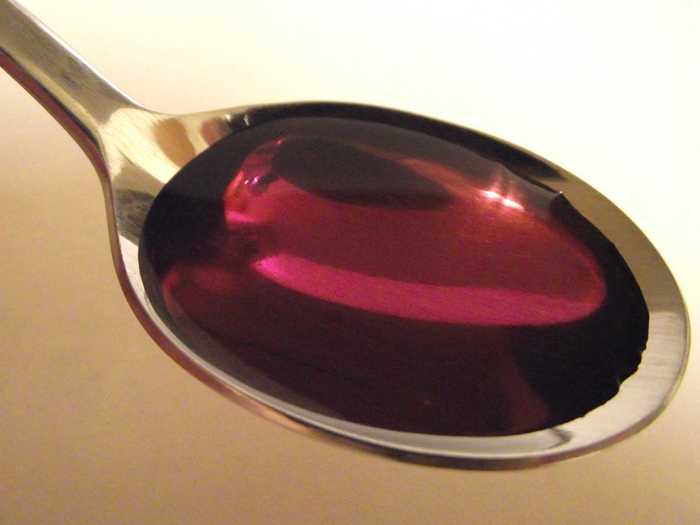
Heroin cough syrup was developed by Bayer Laboratories in 1898 — just one year before they released aspirin. And what's really crazy is that they promoted it as "for kids."
The U.S. made heroin a prescription-only drug in 1914, and outlawed the production of heroin ten years later in 1924.
To be fair, opiates like morphine and oxycodone are still used medically, though technically they are only supposed to be used for severe pain. But even now, overuse of those drugs is considered to be a major factor in the present-day skyrocketing rise in heroin addiction.
Bloodletting.
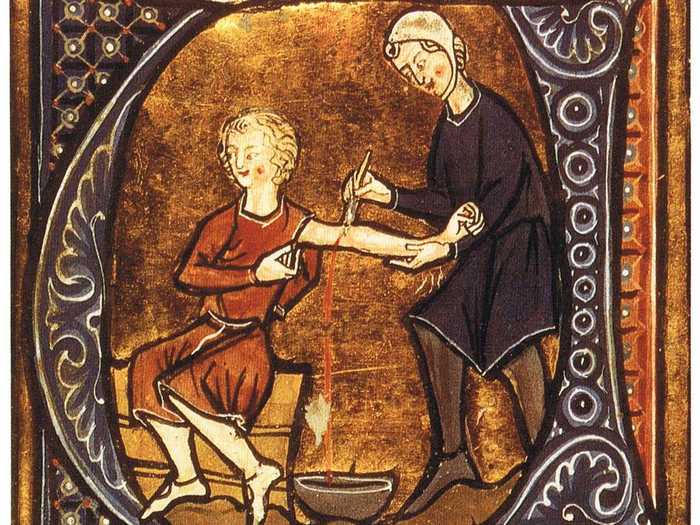
Bloodletting was a medical procedure that involved removing blood from the body, and it was used for thousands of years. It was supposed to help alleviate a number of ailments including pneumonia, fevers, back pain, rheumatism, headaches, melancholia, and more.
This procedure originated with the ancient Egyptians, and later spread to Rome and Greece. The treatment persisted through the beginning of the 19th century.
Originally, it was based on the idea that evil spirits caused disease and could be drawn out through the blood. Later, bloodletting was used to maintain the balance of fluids in your blood, which people at the time thought caused illness when blood fluids were out of balance.
The treatment was later used for hypertension, or high blood pressure. Doctors thought that if you removed blood from the system, the heart would stop working so hard.
Mercury as an STD cure.
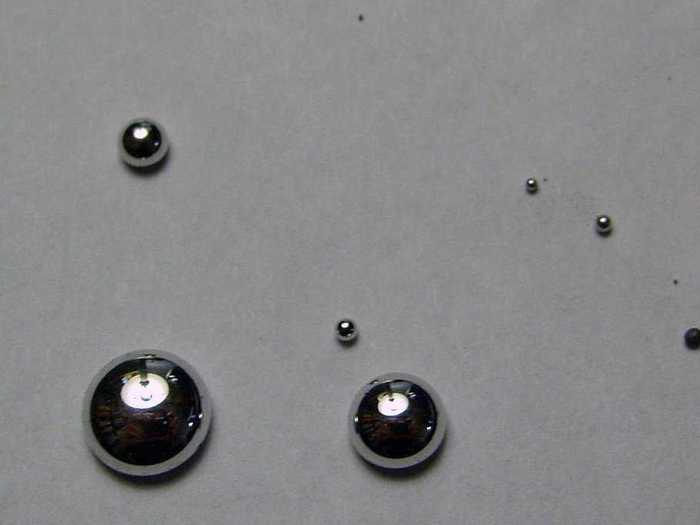
In the 1500s, mercury was used to treat syphilis. First, people tried rubbing it on infections. When that seemed to make patients worse, they switched to a "vapor bath," so patients could inhale the substance.
A doctor named John Hunter claimed to have cured himself of syphilis using mercury — he also claimed he got syphilis "by accident."
But there's no evidence of any cure. Syphilis occurs in phases, with remission periods in between that can last two or three years. These remission phases are probably what led Hunter to believe he was cured. He later died of a heart attack during an argument.
Tobacco.

In the 15th century the use of tobacco was first observed in the indigenous people of the New World. It was smoked for pleasure but also used to relieve headaches and colds, ward off disease and fatigue, and even used as an anesthetic.
When the plant was brought back to Europe it was used to treat a wide range of conditions and was thought of as a panacea. The herb became know as the "holy herb" and "God's remedy."
In India there was a widespread belief that tobacco was good for teeth, resulting in tobacco toothpaste. It was banned eventually, but even that has been challenged.
Tobacco is still used for medicinal purposes in Indonesia — where cigarette companies have successfully fought legislation that would limit the ways they market tobacco.
Lobotomies.
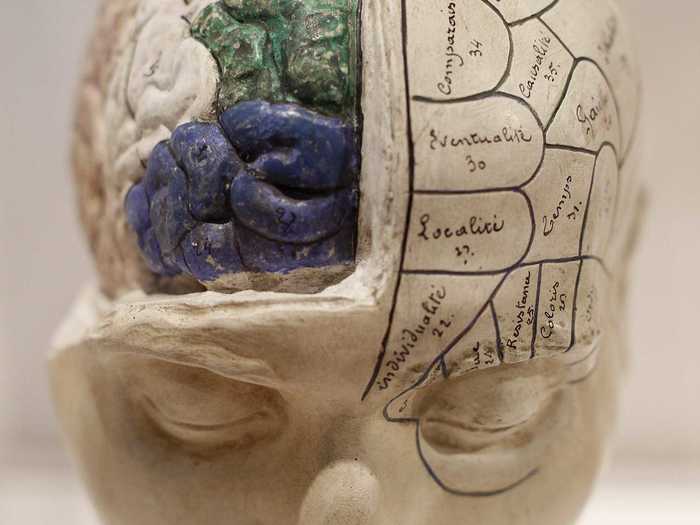
The lobotomy was first performed on humans in the 1890s. The procedure was thought to be a cure for mental illness.
Between the 1940s and '50s lobotomies were performed on about 40,000 people in the U.S. Around that time, neurologist Walter Freeman developed a quick method called a transorbital, or "ice-pick" lobotomy. A patient would be made unconscious by electroshock. Then an instrument that resembled an ice-pick was inserted above the eyeball and into the brain. When the brain was reached the pick would be moved back and forth to destroy neural pathways.
The Veterans Administration lobotomized approximately 2,000 World War II veterans. Some suffered from depression or other mental disorders (possibly P.T.S.D.), others were lobotomized because they identified as homosexual.
Snake Oil.
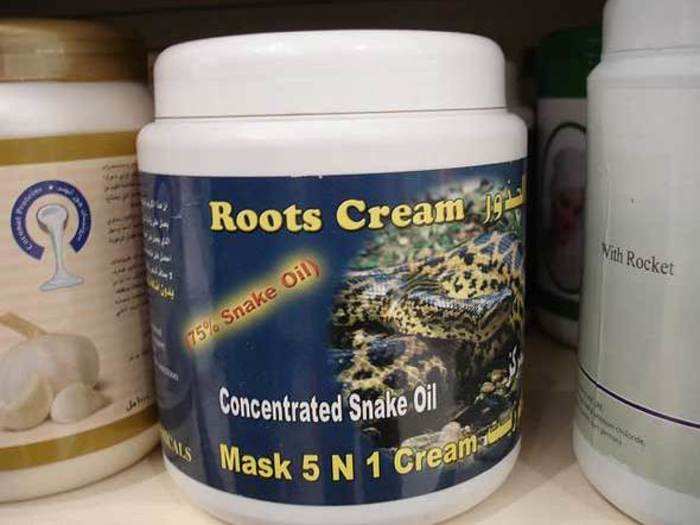
The term "snake oil salesman" has to come from somewhere, right? But some snake oil actually was effective — just not the type sold in the United States.
Snake oil was a traditional Chinese medicine made from Chinese water snakes, but in its original form, it actually did have some anti-inflammatory properties. When thousands of indentured Chinese workers were brought to the United States to help construct the railroads, the idea traveled with them.
After word spread to locals, con men started to think they could get in on the operation — so they started selling oils made from local rattlesnakes, or oils that didn't come from a snake at all. The rattlesnake oil didn't have the same properties as that from Chinese water snakes, and the other products had no real medical use.
Tapeworms.
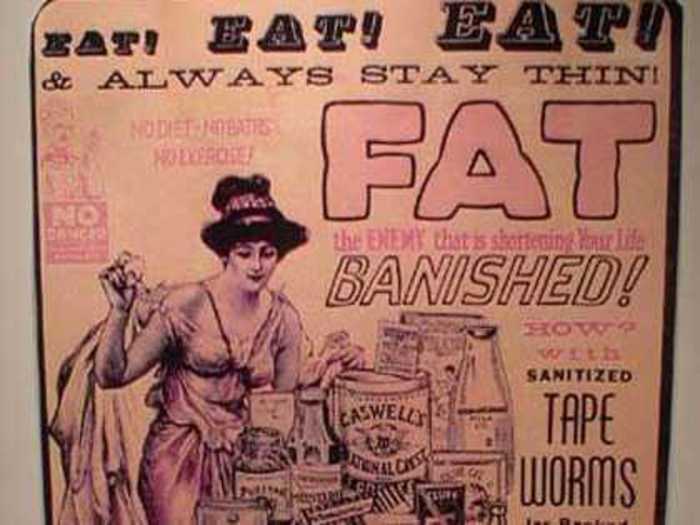
In the early 1900s, people started infecting themselves with tapeworms to lose weight.
The idea was that tapeworms, being parasites, would feed off the foods that people ate. This would allow people to split calories with the tapeworm.
The problem is that having tapeworms can result in abdominal pain, weakness, headaches, nausea, diarrhea, constipation, bloating, and vitamin deficiencies. They can also cause meningitis, epilepsy, and dementia.
The factchecking site Snopes says that there's no definitive proof that this was a popular weight loss technique, but the evidence and historical advertisements imply that there's at least some truth to it.
Cocaine.
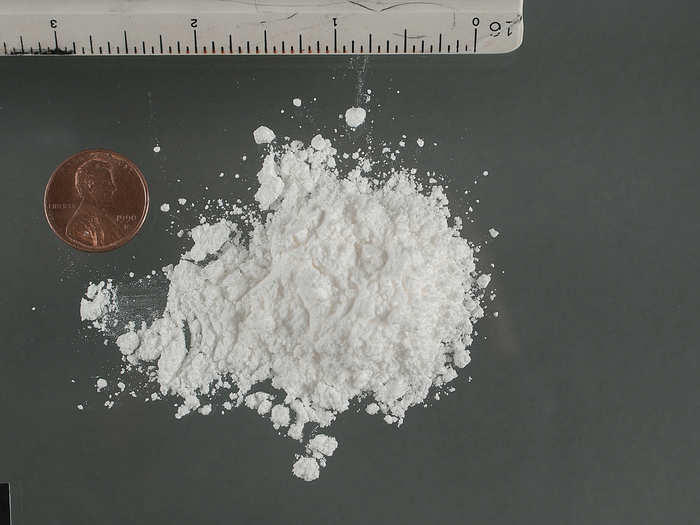
Notorious for being included in the soft drink Coka Cola, cocaine was included in all sorts of different medicines and drugs. Its euphoric, energizing, and pain relieving effects made it a perfect addition when you were lacking a little pep.
Long before drug cartels, crack wars and TV shows about addiction, cocaine was promoted as a wonder drug, sold as a cure-all and praised by some of the greatest minds in medical history, including Sigmund Freud and the pioneering surgeon William Halsted.
Freud even wrote to his wife about the miracle drug: "I take very small doses of it regularly against depression and against indigestion and with the most brilliant of success."
Vitamin Water.
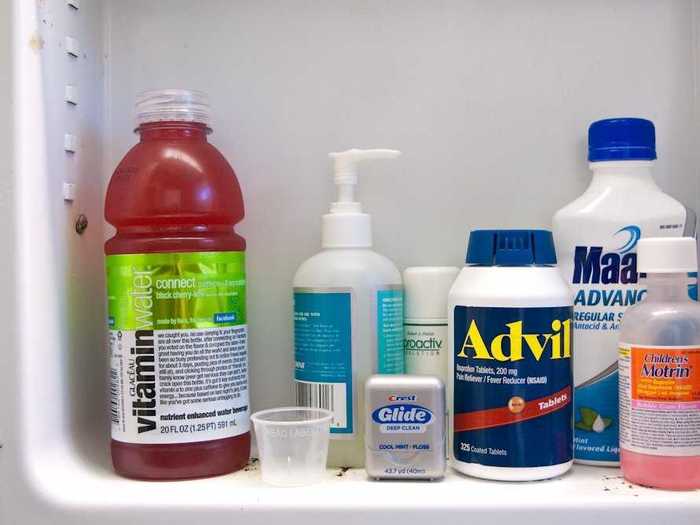
This one isn't old, which just goes to show that the problems of the past still persist.
The Center for Science in the Public Interest filed a lawsuit against Coca Cola in 2009 for claims that Vitamin Water was being marketed as healthy. The Center says that the 33 grams of sugar in each bottle can do more harm by promoting obesity, diabetes, and other health problems than any vitamins do to promote health benefits.
Coke states that Vitamin Water is clearly and properly labeled so that consumers will not be led to thinking of this product as a healthy beverage.
Now for some healthy things YOU don't know about.

Popular Right Now
Popular Keywords
Advertisement